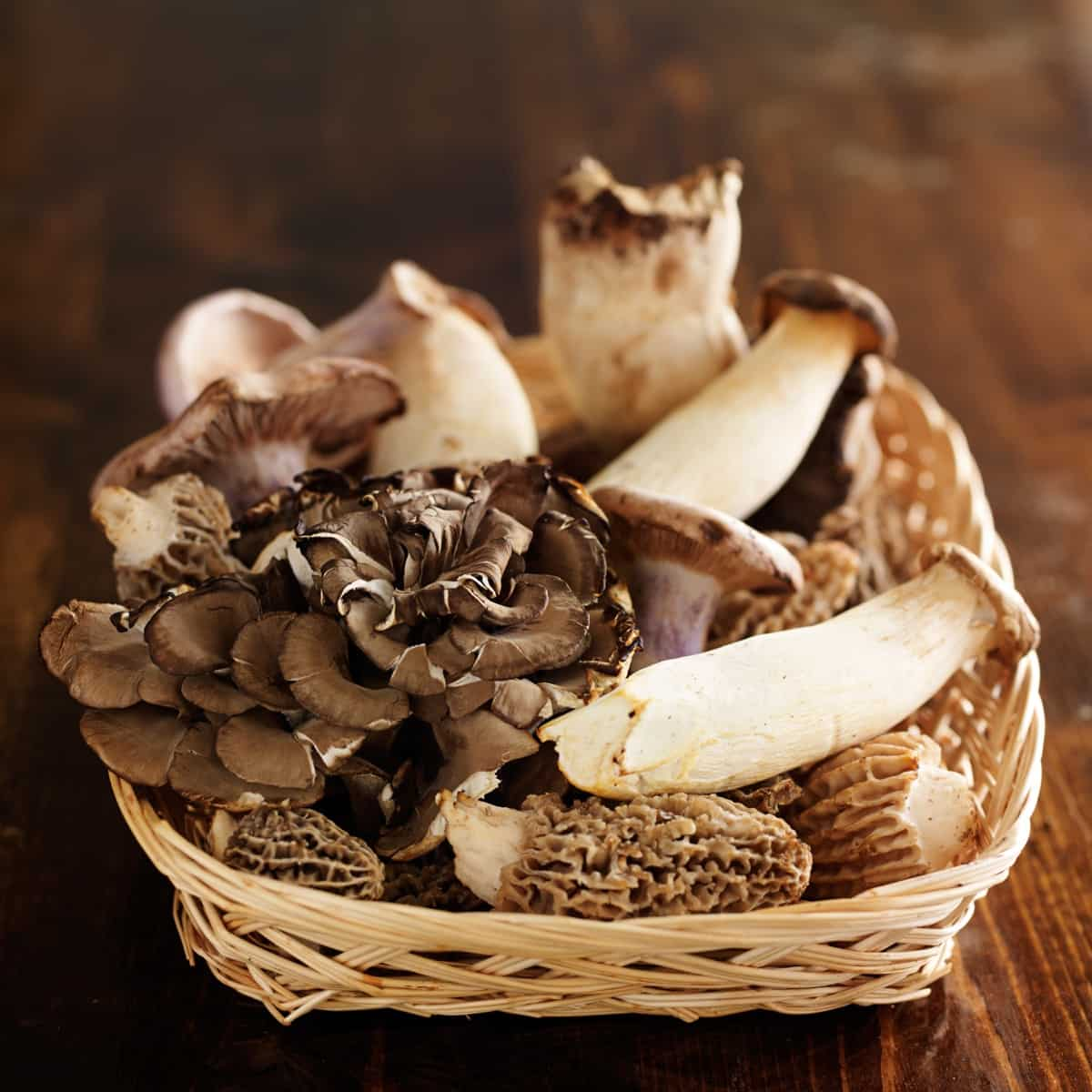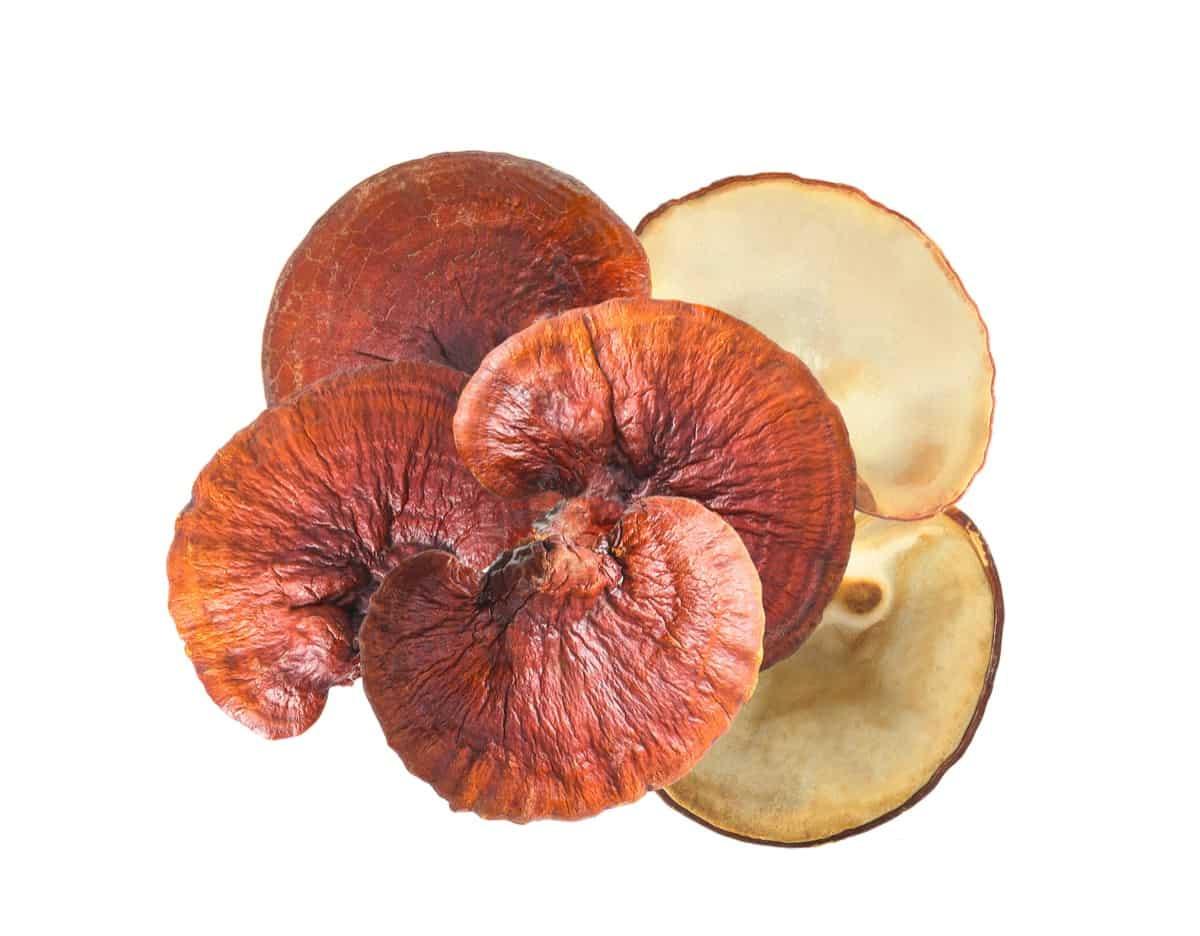Growing gourmet and medicinal mushrooms is an intriguing and rewarding endeavor. This practice involves cultivating various types of mushrooms for both culinary and medicinal purposes. Anyone can engage in this fascinating activity with the right knowledge and cultivation techniques.

From the initial stages of choosing the right mushroom species to the final harvest, understanding the key factors contributing to successful mushroom cultivation is crucial. Read on for essential information on growing gourmet and medicinal mushrooms, including facts, humidity, temperature, growth stages, and common problems.
Growing Gourmet and Medicinal Mushrooms
Understanding the Importance of Humidity in Mushroom Cultivation
Humidity plays a vital role in the cultivation of mushrooms. It refers to the amount of moisture present in the air, which greatly influences the growth and development of these fungi. Maintaining optimal humidity levels is essential for successful mushroom cultivation. High humidity promotes spore germination and mycelium growth, while low humidity can inhibit these processes.
Humidity also affects the formation of fruiting bodies, such as mushrooms. Mushroom farmers can ensure healthy and vigorous growth by creating a suitable microclimate. Monitoring humidity levels regularly and providing appropriate moisture control measures are crucial in achieving optimal mushroom cultivation.
The Role of Temperature in Mushroom Growth and Development
Temperature is another crucial factor that affects mushroom growth and development. Different mushroom species have specific temperature requirements for optimal growth. Generally, mushrooms thrive in cool and moist environments. The temperature range for successful cultivation varies depending on the species. For example, some mushrooms prefer temperatures between 13-18°C, while others thrive in slightly warmer conditions of 70-75°F 21-24°C.
Maintaining a consistent and adequate temperature throughout the different stages of mushroom cultivation is vital. Fluctuations in temperature can lead to slow growth, poor yields, or even the development of undesirable molds or bacteria.
Exploring the Different Growth Stages of Gourmet and Medicinal Mushrooms
Spawning: The first stage in mushroom cultivation is spawning. During this phase, mushroom spawn, a substrate inoculated with mushroom mycelium, is introduced into a growing medium. The spawn acts as the seed that will eventually develop into mature mushrooms.
In case you missed it: How to Grow Pink Oyster Mushroom: Facts, Humidity, Temperature, Growth Stages, and Problems

Incubation: After spawning, the growing medium is placed in controlled surroundings with optimal temperature and humidity conditions. This stage is known as incubation, during which the mycelium colonizes the substrate. The mycelium expands and forms a network of fine threads, absorbing nutrients from the growing medium.
Fruiting: Once your mushroom mycelium has fully colonized the substrate, the fruiting stage begins. This is when mushrooms start to develop and mature. Environmental conditions, such as temperature and humidity, play a crucial role in successfully fruiting mushrooms.
Harvesting: Harvesting is the final stage of mushroom cultivation. It involves carefully picking mature mushrooms from the growing medium. Timing is essential to ensure the mushrooms are at their peak flavor, texture, and nutritional value.
Common Problems Encountered in Mushroom Cultivation and How to Address Them
Mushroom cultivation is not without its challenges. Growers often encounter various problems that can jeopardize the success of their crops. One common issue is contamination. Contaminants such as bacteria and molds can hinder mushroom growth. To address this, growers must maintain a clean and sterile environment, regularly disinfecting tools and materials.
Another problem is inadequate ventilation, which can lead to high humidity and the growth of harmful fungi. To mitigate this, proper airflow and ventilation systems should be implemented. Additionally, insufficient moisture levels can hinder mushroom development. Growers must ensure proper hydration by misting the growing area regularly.
Choosing the Right Mushroom Species for Cultivation
Selecting the appropriate mushroom species for cultivation is crucial for success. Factors to consider include growth requirements, market demand, and personal preferences. Some popular species for gourmet cultivation include White Button, Shiitake, Oyster, and Portobello mushrooms. Each species has unique characteristics in terms of taste, texture, and cultivation conditions.
In case you missed it: Growing Blue Oyster Mushroom: Facts, Humidity, Temperature, Growth Stages, and Problems

It’s essential to research the specific requirements of the chosen species, such as temperature, humidity, and substrate preference. Additionally, consider the market demand for the selected mushroom species to ensure profitability. Careful consideration and research will ensure a successful and rewarding mushroom cultivation venture.
Preparing the Substrate for Mushroom Cultivation
Proper substrate preparation is vital for successful mushroom cultivation. The substrate acts as the growing medium for the mushrooms and provides essential nutrients. The choice of substrate depends on the mushroom species being cultivated. Common substrates include sawdust, straw, wood chips, and compost.
To prepare the substrate, it must be sterilized or pasteurized to eliminate any competing organisms. This can be done using heat or chemical treatments. After sterilization, the substrate should be cooled down before inoculating with mushroom spawn. The substrate should be moist but not overly wet to provide an ideal environment for mycelium growth.
Spawning and Inoculation Techniques for Mushroom Production
Spawning and inoculation are crucial steps in mushroom production. Spawning involves mixing the chosen mushroom spawn with a substrate, creating an environment favorable for mycelium growth. Common substrates include sawdust, straw, or compost. Inoculation, on the other hand, refers to introducing the spawn to the substrate.
This can be done through various methods such as grain spawn, liquid spawn, or agar culture. Maintain proper hygiene during the process to prevent contamination. Once inoculated, the mushrooms require specific temperature and humidity conditions to promote mycelium colonization and fruiting. Proper monitoring and maintenance are necessary for successful mushroom production.
Maintaining Proper Air Exchange and Ventilation in Mushroom Growing Areas
Maintaining proper air exchange and ventilation is crucial for successful mushroom cultivation. Adequate air circulation helps regulate temperature, humidity, and oxygen levels, essential for mushroom growth. Stagnant air can lead to increased carbon dioxide levels and a higher risk of contamination.
To ensure proper air exchange, exhaust fans or vents should be installed to remove stale air and introduce fresh air. It is important to monitor and adjust the ventilation system to maintain the desired temperature and humidity levels. Additionally, filtering the incoming air can help prevent the entry of contaminants, ensuring a healthy growing environment for the mushrooms.
Harvesting and Storage of Gourmet and Medicinal Mushrooms
Harvesting and proper storage techniques are crucial for preserving the quality and flavor of gourmet and medicinal mushrooms. Harvesting should be done when the mushrooms have reached their optimal size and before the caps start to open. Using a clean knife or scissors, the mushrooms should be cut at the base of the stem. Proper handling is essential to avoid bruising or damaging the mushrooms.
In case you missed it: Benefits of Mushroom Compost in Gardening: How to Make at Home and Use for Plants

After harvesting, the mushrooms should be stored in a cool, dark, and well-ventilated area to maintain freshness. They should be stored in paper bags or breathable containers to prevent moisture buildup. Regularly check for any signs of spoilage and discard any mushrooms that show signs of decay.
Conclusion
Growing gourmet and medicinal mushrooms can be a rewarding experience. By understanding the importance of humidity, temperature, growth stages, and potential problems, growers can optimize their cultivation practices and increase the chances of a successful harvest.
- Feed Your Flock for Less: Top 10 Tips to Save on Chicken Feed
- Ultimate Guide to Ossabaw Island Hog: Breeding, Raising, Diet, and Care
- Hatching Answers: The Top 10 Reasons Your Chickens Aren’t Laying Eggs
- Eggs and Economics: Breaking Down the Cost of Raising Backyard Chickens
- Defend Your Greens: Proven Methods to Keep Iguanas Out of Your Garden
- Ultimate Guide to Cinnamon Queen Chicken: A Comprehensive Guide for Beginners
- Ultimate Guide to California Tan Chicken: Breeding, Raising, Diet, Egg-Production and Care
- Ultimate Guide to Marsh Daisy Chicken: Breeding, Raising, Diet, and Care
- 10 Types of Chicken Farming Businesses You Can Start for Profits